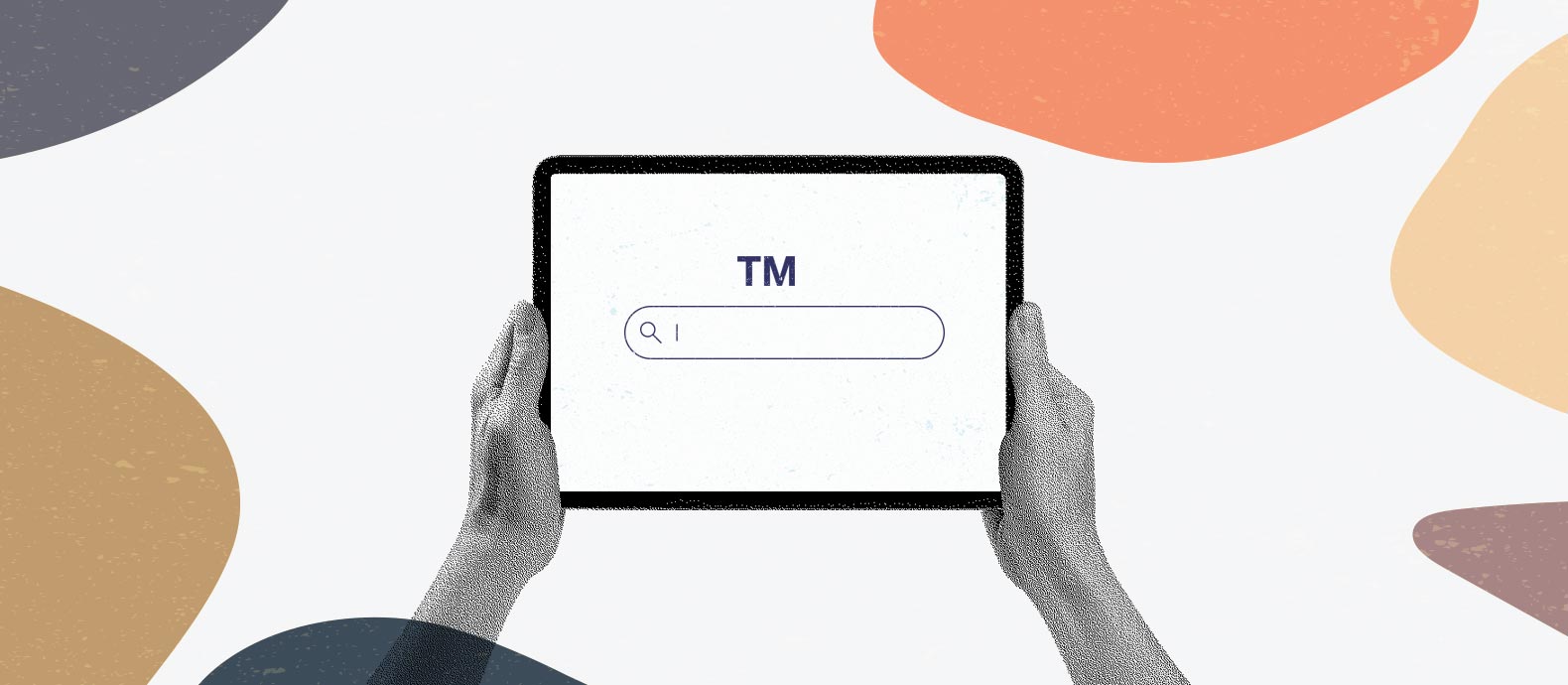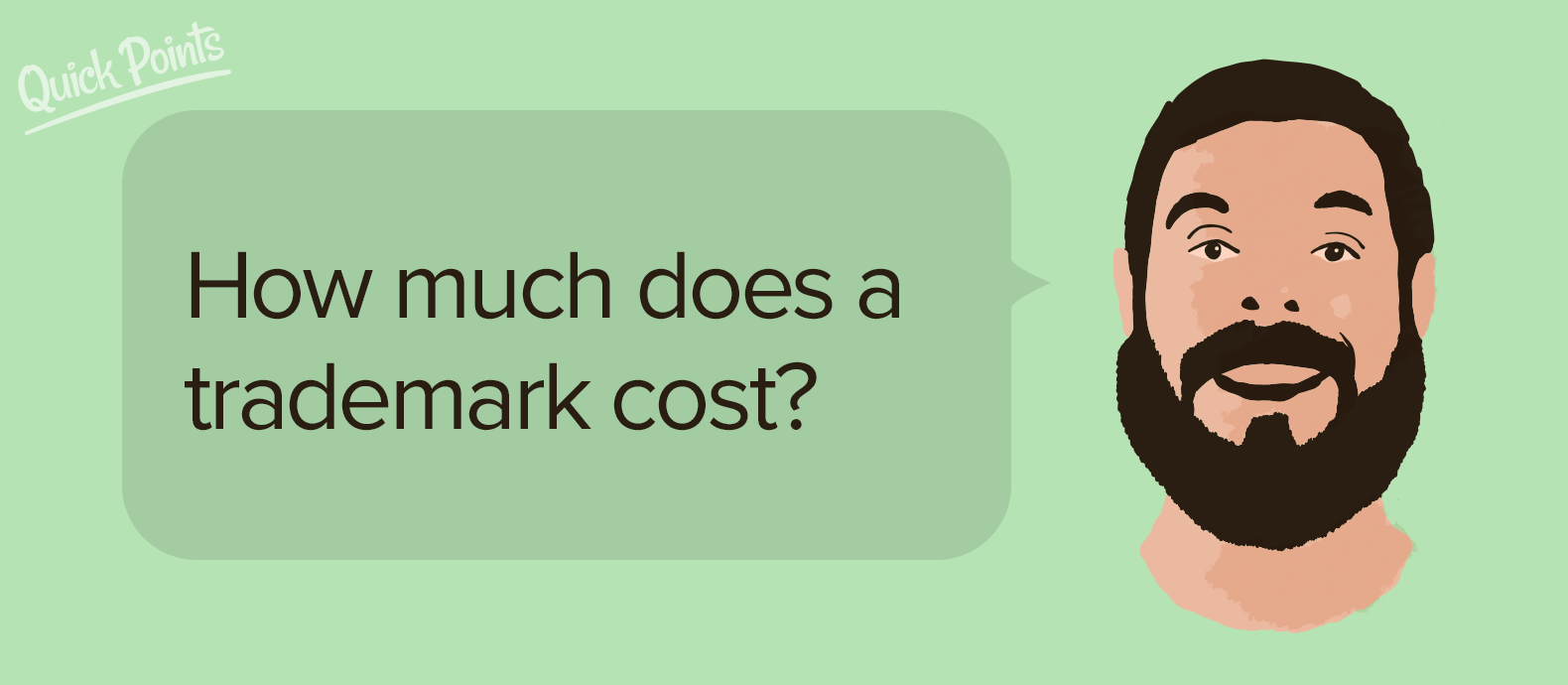3D printing is a hot topic for economists, doctors, lawyers and beyond. The technology continues to expand, but can IP structures keep up with this disruptive tech?
3D printing technology can be broken down into industrial 3D printing and consumer 3D printing; the former being for large factories and the latter for consumer goods. Both will have a significant impact on IP and businesses. Of all the advantages 3D printing brings, one concerns IP professionals more than any other: the ability to spread and use design files across the world.
How does 3D printing affect society?
Intellectual property aside, the technology itself may have substantial positive impacts on society, from more efficient production methods to more complex products that were previously not cost-effective to produce. The health sector alone is already experimenting with the technology to make ground-breaking advances, such as porous structures for joint replacements, personalised items like prosthetic limbs, and even 3D printed human organs.
There is much debate as to how 3D printing will affect intellectual property. Some believe that it will create a more level playing field for product design as barriers to manufacture will be practically non-existent, while others think it will cost thousands of jobs. But one thing is almost certain, when anyone can print an item at home, the designs and blueprints will become the only thing of real value. As we have seen with the media industry, if it can be pirated, it will be pirated. John Hornick, who recently did a webinar with Red Points, is an intellectual property lawyer who specialises in the implications of 3D printing. He has studied, in great depth, the seismic shift that 3D printing will bring in his book 3D printing will rock the world, where he discussed potential effects.
On the one hand, this could be seen as a huge opportunity for manufacturers; they can alleviate themselves from the cost of production and simply sell the design files. However, as John Hornick points out in his webinar, what is to stop someone simply scanning a product then reproducing it themselves, or using P2P websites or the Dark/Deep Web to illegally download designs?
Will IP lose relevance?
Author and economist, Paul Mason believes that this will bring rise to more open source content or creative commons. He extends his view to argue that Intellectual property laws will be the only thing that will give designs value and that these will lose importance in the eyes of the public. He explains in his novel, PostCapitalism, that when a design or piece of content can be reproduced at zero cost (i.e. copy and paste) then, in the eyes of some consumers at least, the item has no reason to cost them anything. He uses iTunes as a key example to explain his theory. Apple doesn’t produce the music, and it costs them almost nothing to sell 1 or 1 million copies of a song, nor does it pay the creators very much. In fact, the only reason a song is 99 cent is because there are legal structures that dictate that they can charge that. As we have seen with music, piracy has become a large problem, and the industry has to evolve to meet the challenge that new technology has brought. The same could be said for a future where you can download the designs for the latest Nike trainers.
Current laws may become irrelevant as 3D printing may offer simple loopholes or workarounds. For example, if an individual were to edit designs by way of customising them, are they still infringing on existing design copyrights or patents? The fashion industry is particularly concerned about 3D printing, as it is unknown if something as simple as printing an item in a different colour or material would count as an illegal replica or not.
So what can be done now to protect IP?
John Hornick echoes the advice of other IP specialists in the field: IP owners should be vigilant in the music industry. Future IP owners will need to employ brand protection services which detect and monitor assets with technology to ensure their files are not being distributed illegally through digital channels.
Hogan Lovells’ IP specialist, Arlene Chow, offers further advice in an interview with statnews.com.
“We recommend building a web of patent claims that covers as many different aspects of a device and its manufacture as possible. That includes claims that cover component parts to those that cover the 3D printing of the device itself.”
Hogan Lovells’ IP specialist
Conclusion
These tactics, combined with tight internal security, may be enough to protect designs in the future. What is clear is that the tech is developing at an exponentially, it will overtake current legal structures quickly. The best defence for IP owners is the continuously develop their protection means and strategy.







